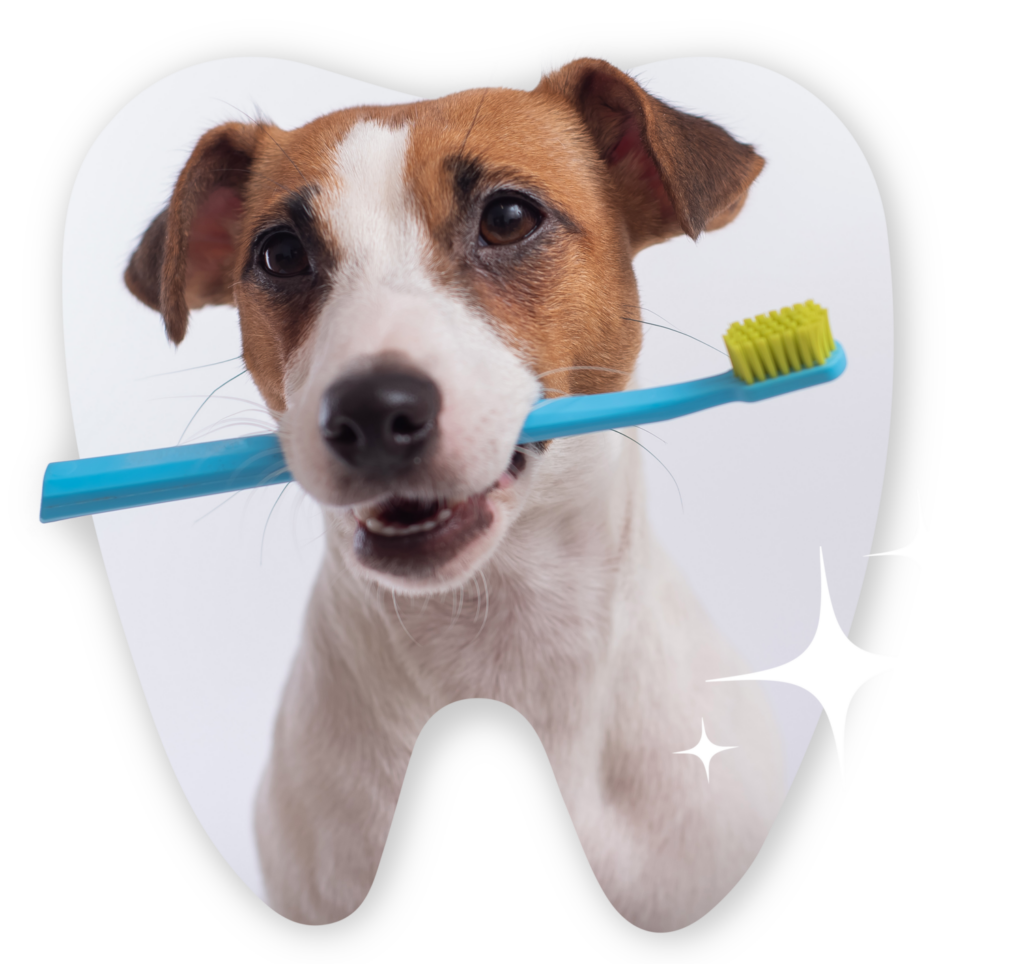Dental Days Deal
$100 off Dental Cleanings
For new and existing clients!
Call (631) 271-8383 to schedule a cleaning today!

Our veterinarians know the impact of proper dental care on your pet’s overall health. We recommend having a dental exam and full cat or dog teeth cleaning procedure at least once a year. Proper dental care is often overlooked when considering an animal’s overall health, but it is vital for the prevention of gingivitis and periodontal disease.
According to the American Veterinary Dental Society, 80% of dogs and 70% of cats being showing signs of dental diseases by the time they are three years old. Consistent home dental care and routine professional exams and cleaning can help prevent progressive dental issues. Because pets cannot communicate their issues to us, many signs of dental disease go overlooked and therefore untreated. After a professional dog or cat teeth cleaning, many pet owners report that their pets are more comfortable, have an increased appetite, and are even more active.
Signs Your Pet Might Have Dental Disease
It is not always easy to know for sure if your pet has dental disease, but the following signs are a good indication it’s time to schedule a teeth cleaning.
Bad breath
Broken, loose, or missing teeth
Discoloration or teeth or tartar build up
Excessive chewing or drooling
Reduced appetite or inability to chew
Swelling and bleeding in or around the mouth

Pet Care Dental FAQs
What does a dental cleaning entail?
Cat and dog teeth cleaning procedures are actually very similar to what you experience at the dentist. Our medical team performs full-mouth radiographs before the cleaning begins. We then use a high-speed ultrasonic water scaler to remove tartar and clean below the gumline. A fluoride polish is then applied to the teeth. Your veterinarian will perform a detailed and thorough oral exam. Additional treatments may be provided based on your pet’s findings during the procedure.
Why are dental X-rays important?
Dental radiology (X-rays) is an essential tool in both humans and pets to complete the dental assessment and create a customized therapeutic plan.
Digital dental X-rays allow the veterinarian to visualize the part of the tooth that is below the gum line and identify any diseased teeth, retained roots, or abscesses. Often, bacteria and tartar are spread below the gum line, leading to the breakdown of bone and supportive tissue. Because you cannot see these issues on the surface, they could go undiagnosed and untreated. Progressive periodontal disease can lead to systemic disease problems, such as kidney, liver, and heart disease.
What is the oral health procedure?
Step 1: Supragingival Cleaning
Tartar and plaque removed from above the gum line.
Step 2: Subgingival Cleaning
In this step, the area below the gum line is cleaned. Removing plaque and calculus from below the gum line is what prevents periodontal disease from occurring.
Step 3: Assessment
The veterinarian will now perform a full exam of the oral cavity now that they can clearly see each tooth’s surface. Any abnormalities, such as tongue or lip lesions, deep pockets in the gums, or loose/broken teeth are indicated on the dental record.
Step 4: Advanced Dental Imaging
An X-ray is taken of every tooth in the mouth and then evaluated by the veterinarian to diagnose retained roots, enamel defects, root abscesses, and bone loss.
Step 5: Polishing
Each tooth is polished to smooth out the surfaces, decreasing the ability of plaque to adhere to the teeth.
Step 6: Subgingival Lavage
Scaling and polishing performed in previous steps can cause debris to become trapped under the gums and cause local inflammation. Subgingival lavage is the gentle flushing of the gingiva, using an antibacterial solution to remove the trapped debris.
Step 7: Fluoride Polish & Rinse
When we polish your pet’s teeth, we use fluoride in the process to add further protection to the tooth enamel to resist abrasion and plaque buildup. The smoother the enamel, the more resistant it is to plaque and bacteria. After polishing, we do a rinse to wash away the polish and any remaining debris.
Step 8: Treatment
Any abnormalities found during the assessment will require treatment, such as tooth extraction, bonded sealants, or local antibiotics. The veterinarian will discuss all treatment options with you and provide an estimate of each stage of the procedure.
Step 9: Prevention
Prevention is one of the most important aspects of oral health and hygiene. Ask your veterinarian what home dental care you can provide to your pet to help slow the buildup of plaque and tartar.


